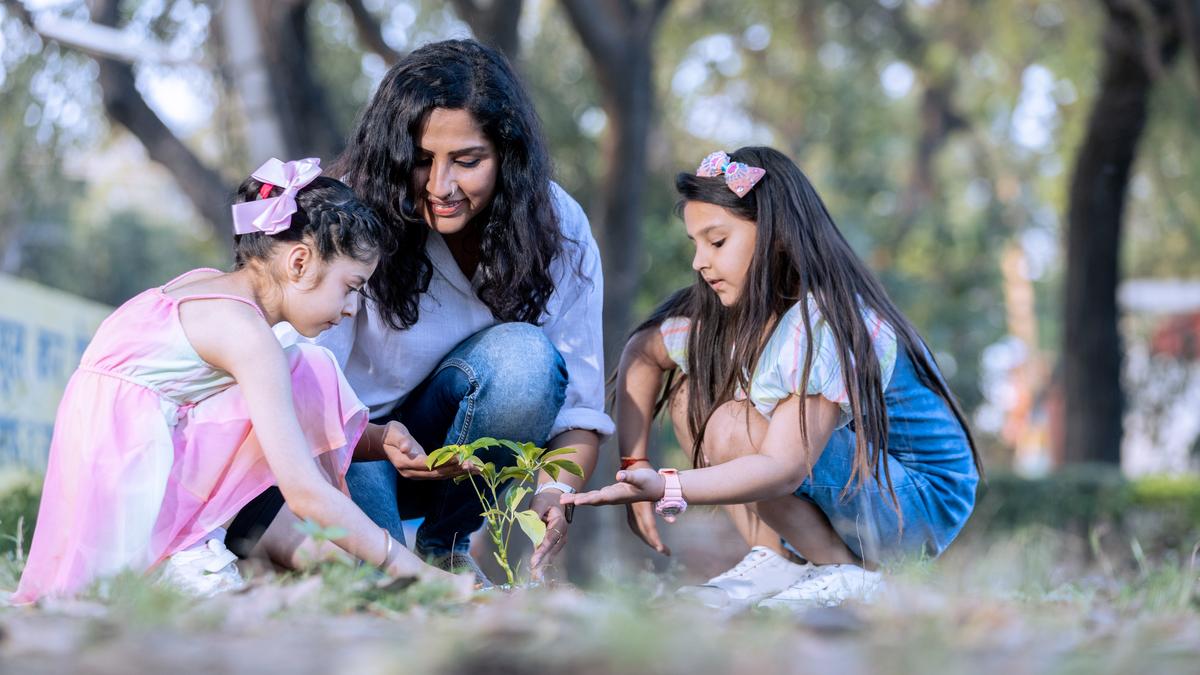If education is to bring out and lead forth, then there should be commitment and investment from both teachers and students to lead and be led. | iStock/Getty Images
In our age of edtech and edbiz, there is an important need to investigate and examine the very concept of education and what it entails. Like all important concepts, even the concept of education has a history through which its meaning has developed. However, the dominant worldview of our age puts content into the term education, and it takes on nuances dictated by the dominant worldview. For example, if we are largely living in a liberal capitalist democracy today, then the content for what education is and should be is dictated by this particular ideology.
While this is perfectly fine for those who are happy to live within this dominant framework, it demands extra work from those of us who want to offer something new to the world. In the case of education if we have to move beyond mere edbiz and edtech and its instrumental and transactional nature, then some work has to be done to make visible the deeper and richer understanding of education.
Twentieth Century philosophy of education has two major schools of thought — the Behaviourist school propounded by Skinner and Thorndike and the Constructivist school advocated by Dewey and Piaget. While the behaviourist school, like the clay in the potter’s hands, states that the learning process should be centred around the teacher and the curriculum, the constructivist school, like the plant in the gardener’s hands, argues that the focal point in the learning process is the student, and the role of the teacher is to provide or create the stimuli for the student to learn through experience.
While it is true that education requires both a teacher and a learner, both these models privilege one over the other, thus limiting the full possibility of the term. Let us turn to the historical meaning of the term education. The term education when broken into its etymological Latin roots, ‘ex’ and ‘ducere’, means ‘out’ and ‘to lead’ respectively. In other words, education means ‘to bring out and lead forth’.
Faithfulness to the historical meaning of education requires a dialogical and symbiotic learning path that acknowledges the equal importance of both teacher and student in the learning process with neither of them having to be at the centre, as the behaviourist and constructivist schools would respectively demand.
The dialogical model of education is inspired by three pedagogical traditions – Socratic, Vygotskian and the Upanishadic model. The Socratic method employs questioning to explore the underlying beliefs of the student and encourages deeper discussions on a topic. The Vygotskian method stresses the notion that learning is a collaborative process that takes place in the Zone of Proximal Development, where the student and teacher work together to achieve the best outcome.
Upanishad (sitting near) refers to a ‘student sitting near the teacher’. The teacher would memorise the specific “utterances” and then, in a small class with a handful of students, select a specific Upanishad for the day’s lesson and recite the “utterances” to the students. If the student understood, the teacher would move on; if not, the student could ask questions.
If education is to bring out and lead forth, then there is commitment and investment from both teachers and students to lead and be led. Once this is clearly understood, then this core idea sets boundary conditions for everything else within the field of education.
From policy making to implementation, from strategizing to institutionalizing, from hiring to building teams, every step and process can be clearly defined around this core central idea. The only thing that should differ from one educational enterprise to another is ‘what’ and ‘where’ – what to bring out and where to lead forth. However, the ‘how’ of education should always be faithful to education itself – the art and science of bringing out and leading for.
(Dr Brainerd Prince – Associate Professor and Director of the Centre for Thinking, Language, and Communication (CTLC) at Plaksha University, Mohali)
Published – April 21, 2025 03:25 pm IST
